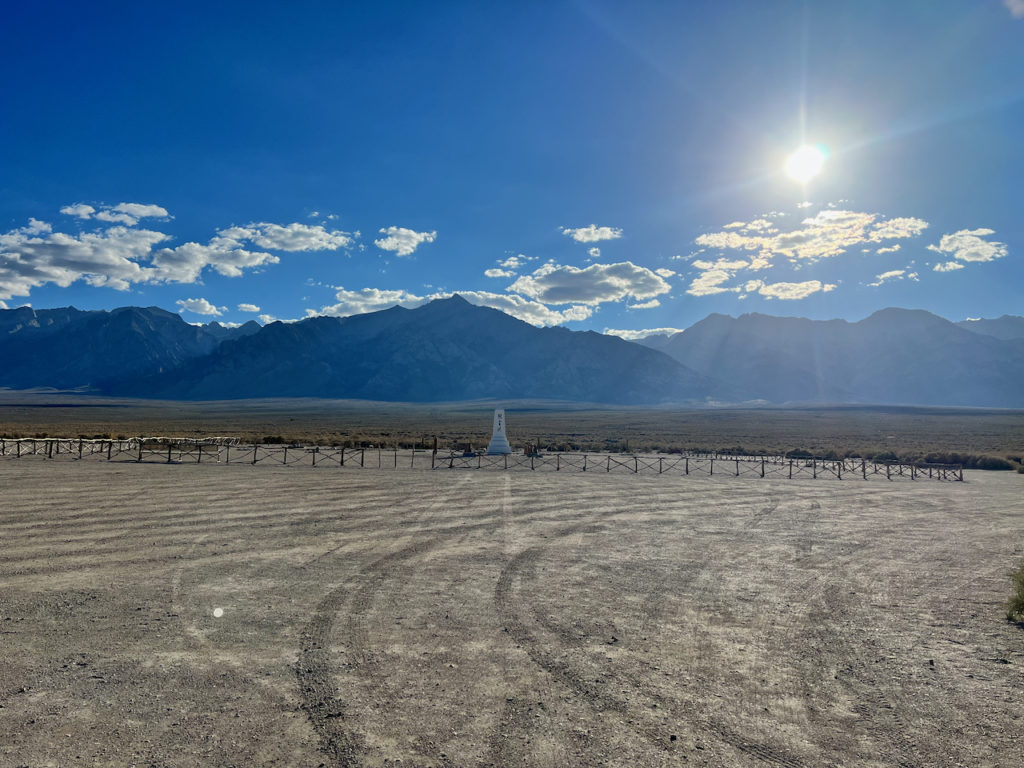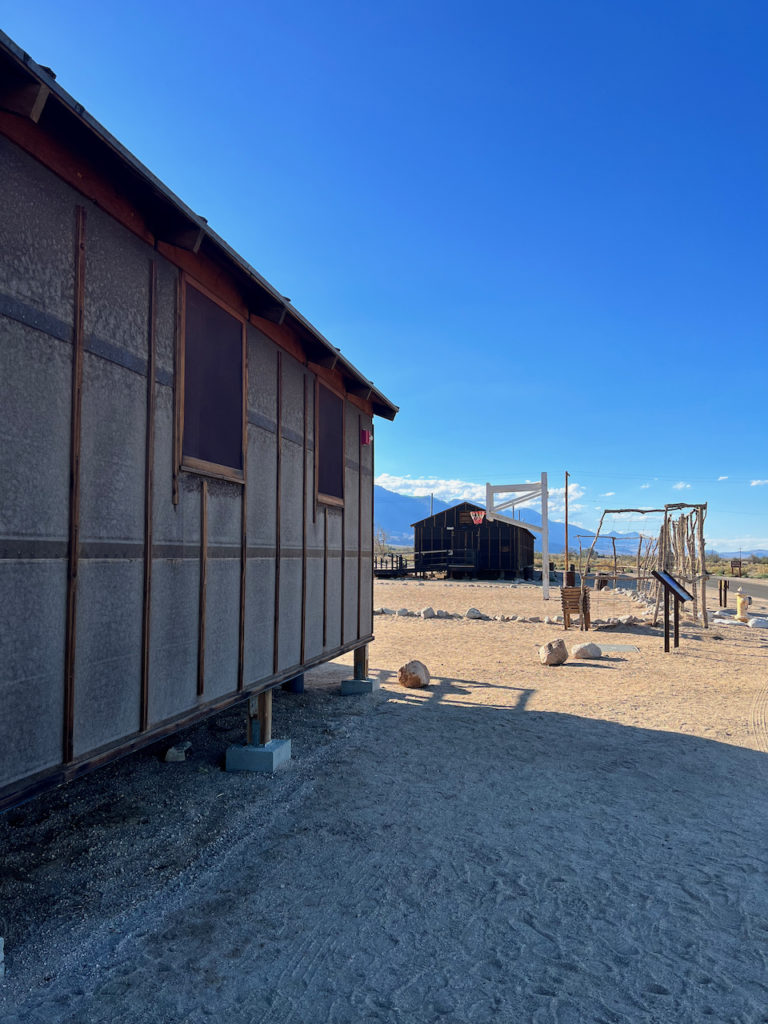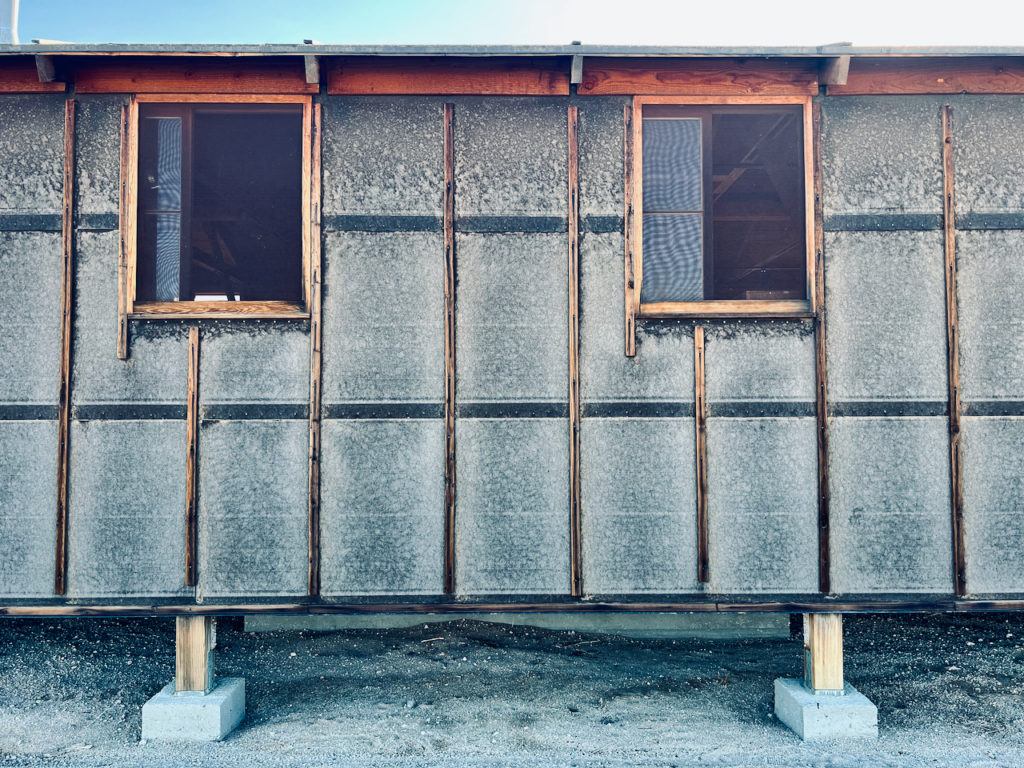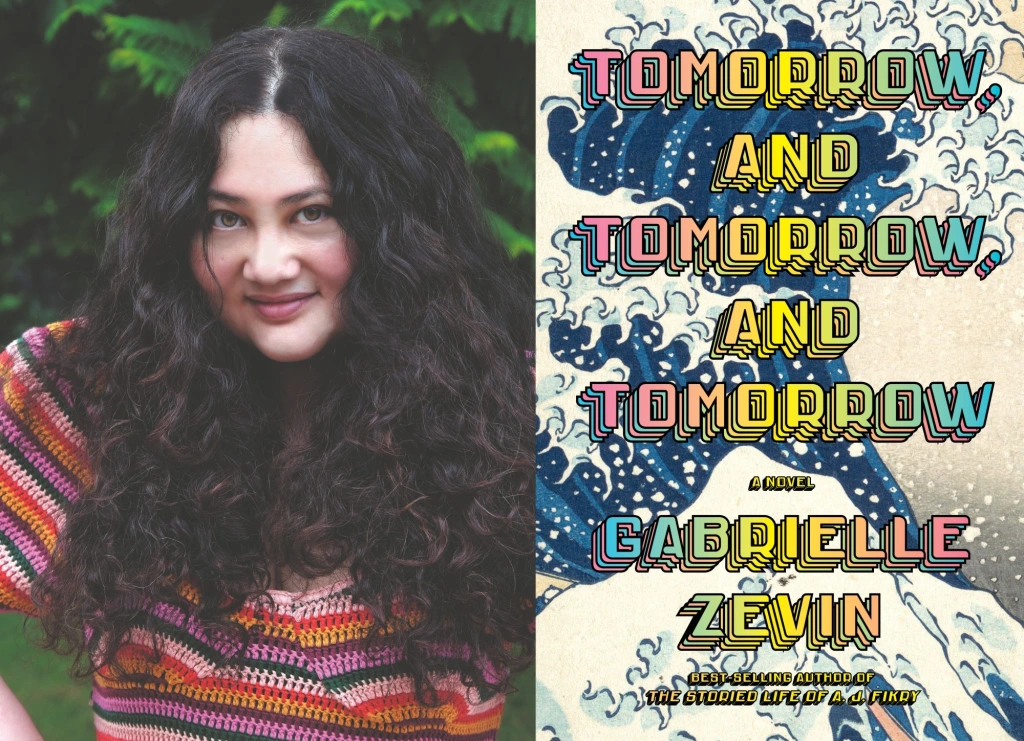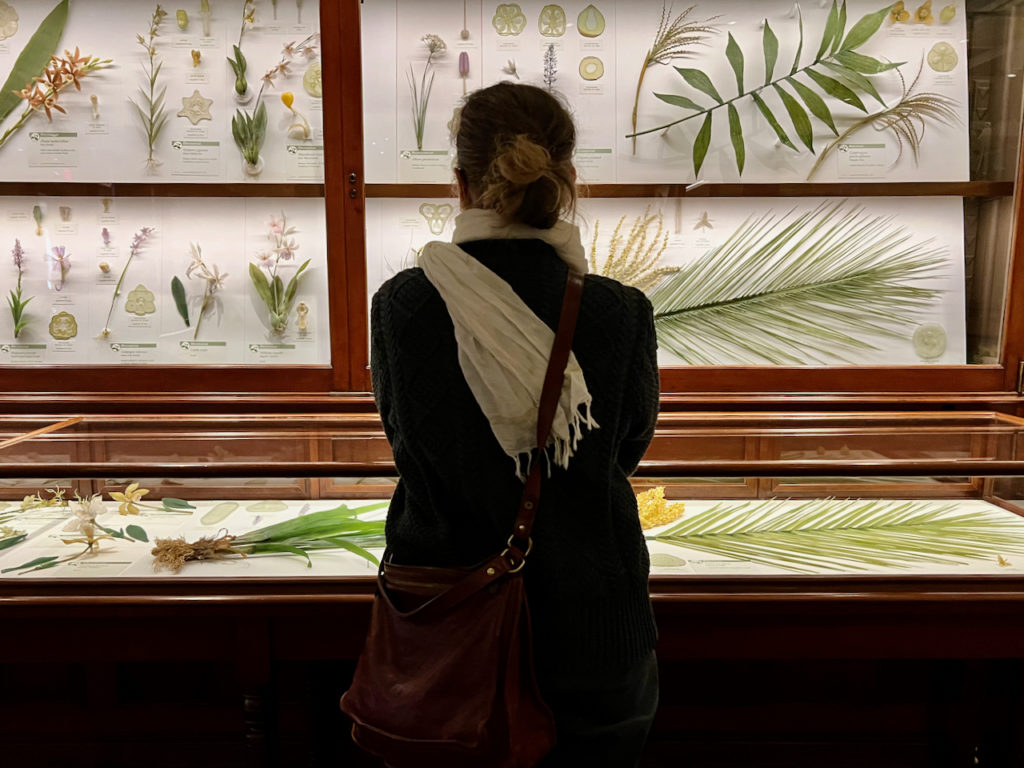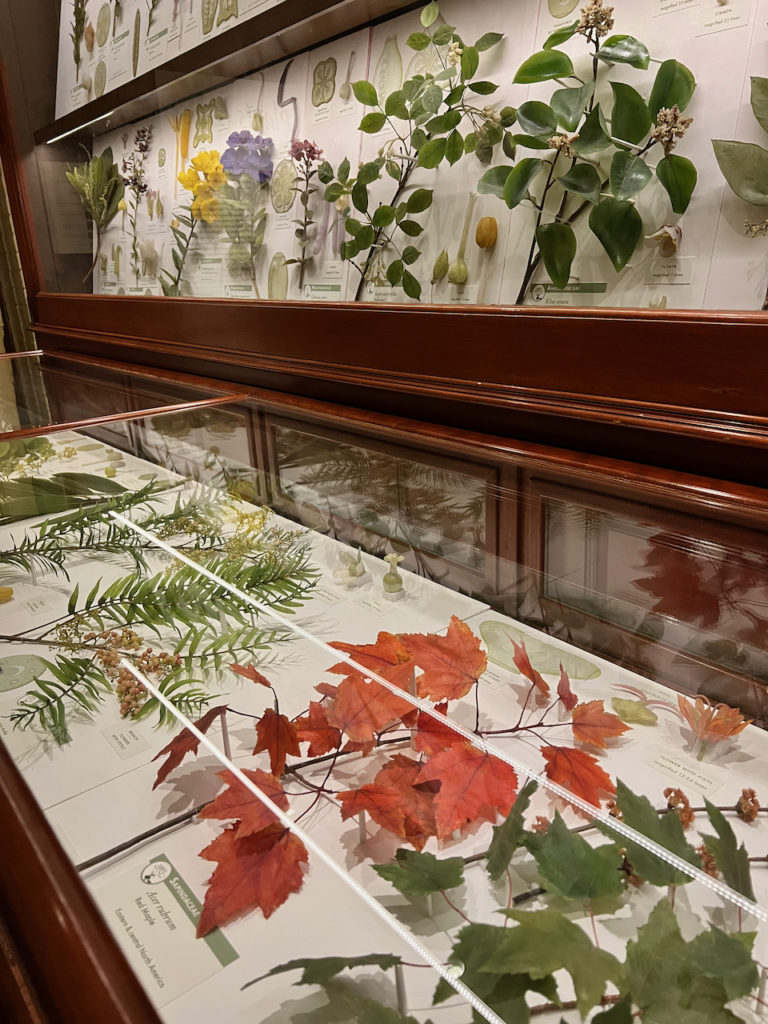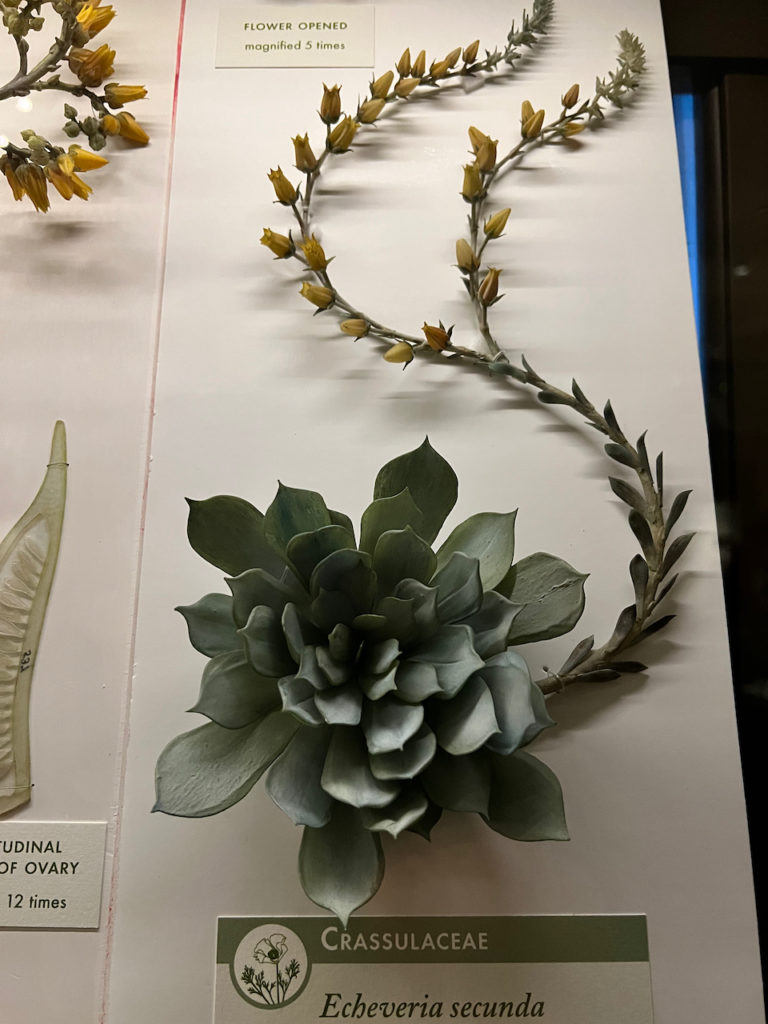In 2022, I devoured two terrific novels that feature Los Angeles and California prominently. Both are on Best of 2022 lists and are worth your time over the holidays. Each prompted me to take an adventure – I hope you are inspired, as well.
Properties of Thirst by Marianne Wiggins and a visit to Manzanar
Properties of Thirst tackles an uncomfortable moment in CA history. Marianne Wiggins dares to imagine the surreal moment when the internment camps at Manzanar rose out of empty desert under Mt Whitney to imprison Japanese Americans after the bombing of Pearl Harbor. What was it like for the Americans who had to construct and run the camps? What was it like for the populations who were unceremoniously relocated to the camps? And how did the surrounding community take to the intrusive and horrific circumstance? These are the pithy topics around which Wiggins conjures the strange beauty of the high desert itself and the remarkable characters who live (or, were transported) there. Here is a New York Journal of Books review,
A novel with a great story is a rare treat to discover and in the case of Wiggins’ latest opus, the story behind the writing of this novel is just as wonderful – read the LA Times feature here and learn how the author’s daughter, photographer Lara Porzak, helped her mother finish the book after a catastrophic stroke.
Once you have read Wiggins’ story, you won’t be able to drive through the majestic Owens Valley (enroute to Mammoth, most likely) without the story in your mind, and that’s exactly what she wants. By her own telling, she moved to CA as an adult and learned about internment camps – she was outraged not to have been taught these stories, and translated that fury into an epic that recovers the history for the next generation.
I’d first learned about the shameful chapter of American history years ago during a visit to the Japanese American Museum in Little Tokyo. The museum has multiple resources with stories of the families sent away from their businesses and homes all over Southern California. I revisited Manzanar – or what little remains of it – on a glorious August day this past year and tried to imagine being ripped from my home to be stored in the unaccommodating windswept plains outside of Lone Pine. Even with the sun shining, the place whispers of the tragic history of the camps.
There is a museum on site – the Manzanar National Historic Site. Chances are, you’ll drive by at a time when it’s not open. That shouldn’t stop you from spending a half hour following the rutted old paths around the area or looking through the photographs on the website.
Manzanar National Historic Site
P.O. Box 426
5001 Highway 395
Independence , CA 93526
Phone: (760)878-2194 x3310
Tomorrow, and Tomorrow, and Tomorrow and Harvard’s Glass Flowers
One of my other favorite books of 2022 is Gabrielle Zevin’s Tomorrow, and Tomorrow, and Tomorrow, which tells the story of two LA natives who meet as teens, wind up at MIT and Harvard, and become successful game designers. I would never think that the world of game design would captivate me, but the relationship of the characters and the contrasting milieu of their online and offline worlds drew me into the world of a younger generation. Here is an NPR review, as well as a feature from the New York Times. Here the OC Register interviews Zevin about her influences.
At a certain point in the story, the two main characters make a date to meet to see the glass flower exhibit at Harvard’s Natural History Museum in Cambridge, MA which has long been on my bucket list. During a trip to Boston, I visited this renowned exhibit, which is worth your time if you travel east.
Everything in the exhibit was hand blown from glass between 1886 and 1936 by a Czech father-son duo Leopold and Rudolf Blaschka; the collection is formally known as the Ware Collection of Blaschka Glass Models of Plants. Generations have passed through the tiny room to marvel at the seemingly impossible to create, intricate designs. The Blaschkas produced 4,300 glass models that represent 780 plant species.
The rest of the Natural History Museum is also a treat – the Birds of the World gallery is particularly colorful and varied. We wandered around the campus after our visit, dining at food trucks, gawking at students and tourists, and enjoying the cold October air.
Harvard Museum of Natural History
26 Oxford Street |Cambridge, MA 02138
(617) 495-3045 |hmnh@hmsc.harvard.edu


